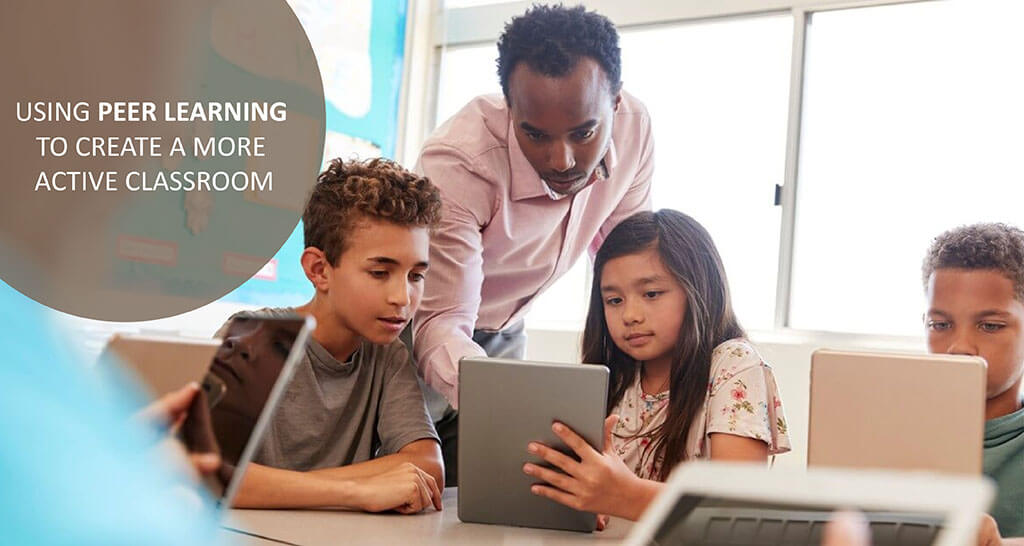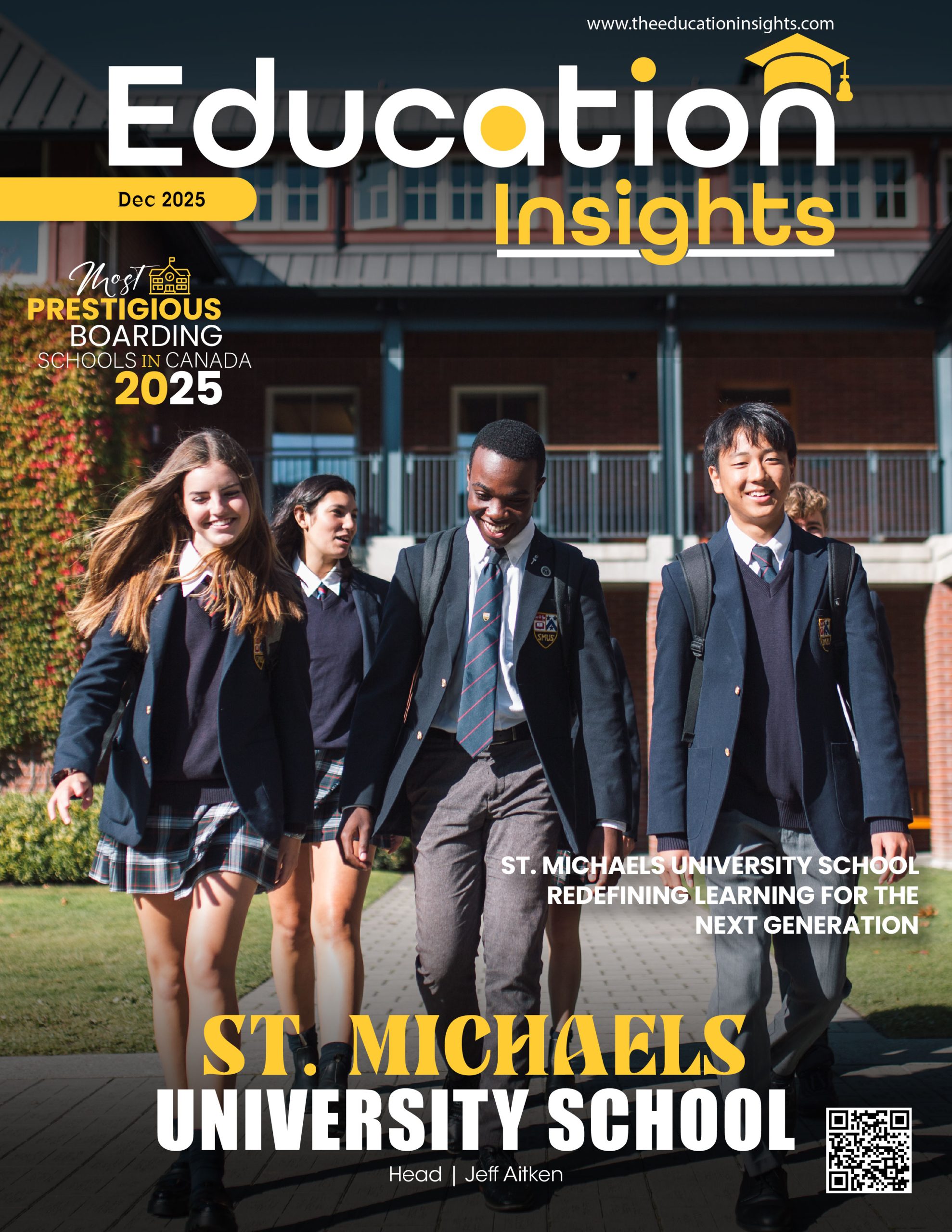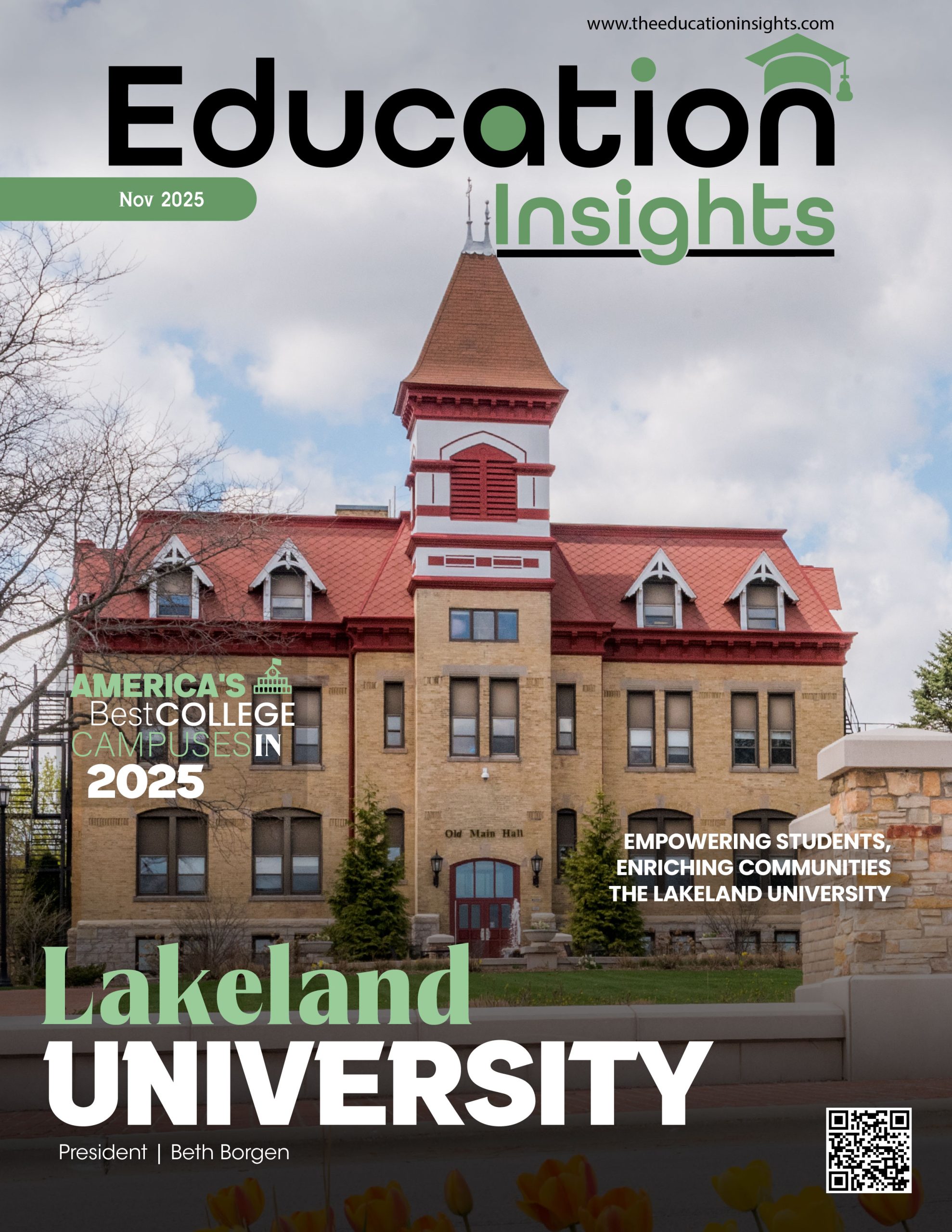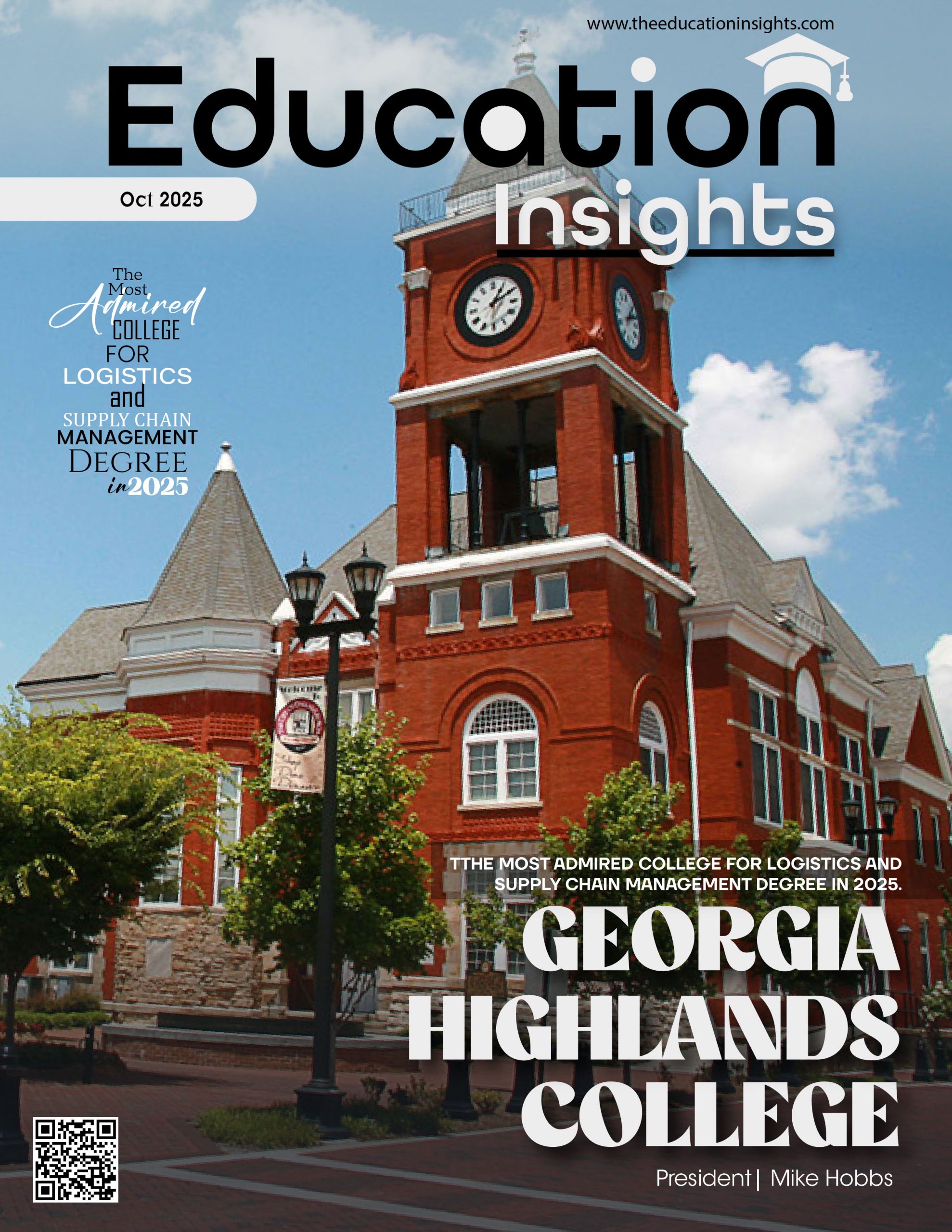Peer learning is a process in which students gain information and skills by actively assisting and supporting one another. Rather than instructors teaching students, students educate their peers as part of a two-way learning process to help each other comprehend the curriculum in peer learning.
Peer learning may take many different forms. In some schools, older students teach younger kids; in others, a buddy system is used. Other courses may require students to join groups and construct a presentation to train on a specific subject. It changes the instruction from a one-way lecture to a two-way dialogue. However, like any other teaching approach, peer learning has advantages and disadvantages.
The Advantages of Peer Learning
It encourages active learning.
One of the most significant benefits of peer learning is that it transforms learning from a passive to an active activity. Instead of just digesting knowledge, students are now expected to lecture, teach, discuss, argue, and answer questions about the content. Students who educate their peers may detect gaps in their knowledge and better grasp the subject topic via peer learning.
It improves social skills.
Students will learn how to cooperate and engage with their peers, which will help them build social skills. Rather than passively receiving lectures, students will have to collaborate to share material with their classmates. Peer learning, in particular models, may also foster community and collaboration as students work together toward a shared objective.
It boosts confidence.
Students who are uncomfortable socialising in big groups may feel more at ease conversing one-on-one. Working with someone they can identify allows them to more readily ask questions, work through complex difficulties, and gain confidence in their abilities.
Disadvantages of Peer-to-Peer Learning
Untrained Student Instructors
One disadvantage of students teaching each other is their lack of teaching expertise. It takes experience to figure out the best approach to present information intelligibly. Due to inexperience, teaching students may provide incorrect answers, imprecise feedback, or confusing directions.
Various Learning Outcomes
Another disadvantage of peer learning is that the teaching process cannot be entirely supervised. Due to a wide variety of teaching talents and a grasp of the content, some students may achieve more excellent educational results than others when you are not actively teaching.
Peer Learning Best Practices
Even for seasoned educators, peer learning can be a messy process. However, there are some tactics you can use to guarantee that the peer learning experience is active, productive, and valuable for everyone involved.
Here are some basic strategies to improve the effectiveness of peer learning:
Describe How to Provide Feedback
Getting students to offer constructive feedback might be difficult since most students model instruction after adult role models or how they were taught. Before dividing students into peer learning groups, go through how to offer constructive criticism and what characteristics students should look for. A rubric may assist students in having a document to refer to while criticising their classmates.
Feedback should be as explicit as feasible and offered in the context of meeting the assignment’s objectives. Teach students to provide either positive or constructive feedback.
Teaching students how to deliver criticism may also help them improve their social skills and become more compassionate towards one another.
Encourage Peer-to-Peer Tutoring
Instead of having one student teach the whole time, have students swap off teaching one other as they go through a list of subjects. This helps to improve both their teaching and listening abilities. This also encourages students to learn concurrently and contribute equally to each other’s learning.
Make Peer Learning Huddles
One method for making this teaching style work is to form and manage peer learning groups. Students must be provided clear instructions on how to work together and cooperatively. To optimise this teaching technique, teachers must jointly prepare the sorts of issues that students will solve. There are many methods for facilitating peer learning with the following groups:
Groups for Active Learning
Assign a subject to each small group of students. Active learning allows students to absorb knowledge, discuss questions, and produce tangible activities toward addressing a specific issue or accomplishing a goal. Functional learning groups are particularly beneficial for STEAM themes such as constructing a trebuchet or a bridge out of popsicle sticks.
Debates
Debates are formal activities in which students attempt to persuade their classmates of their points of view. They may be done in both small and large groups. Positions are either self-selected or allocated at random. Debates follow a set framework, with each side issuing a specific time to present their case. The competitive aspect of a debate motivates students to research a subject and employ critical thinking and reasoning abilities.
Group Discussions
In discussion groups, students are encouraged to interact actively with their peers’ points of view. Form groups of students and have them take turns debating a subject. Discussions are less formal than debates; however, students can contribute criticism to others while discussing. Typically, discussion groups consist of two or more students.










